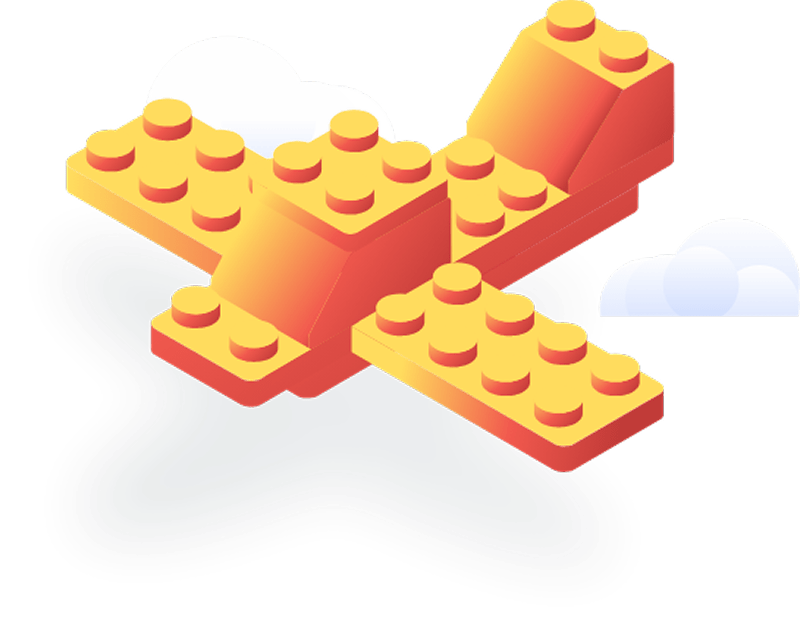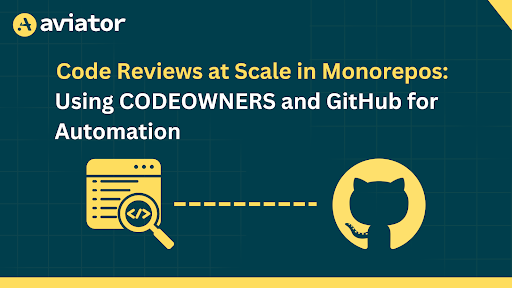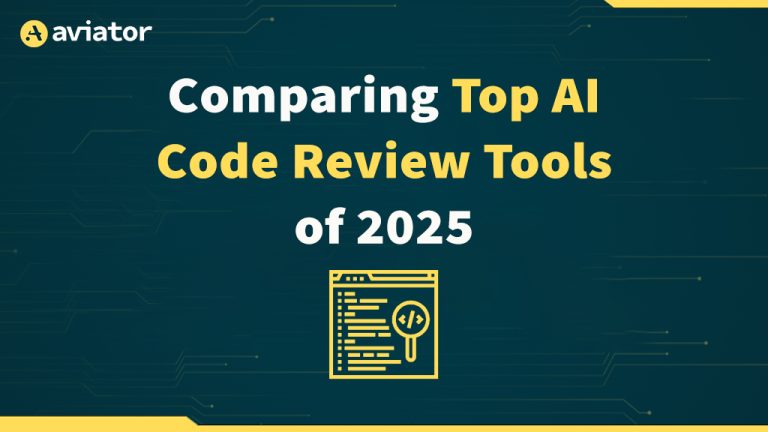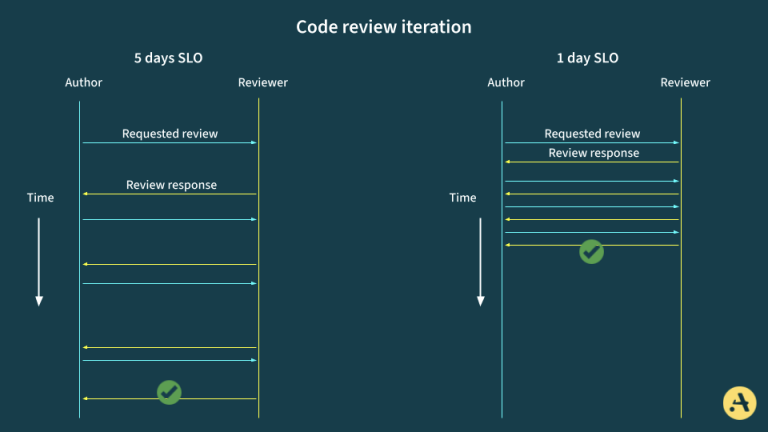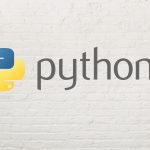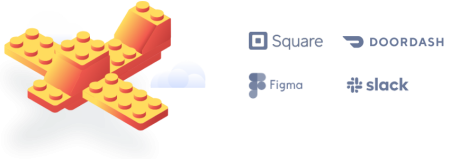Code Ownership: Using CODEOWNERS Strategically
Code ownership boosts accountability and speeds up reviews. Use CODEOWNERS strategically to align teams, reduce delays, and keep your codebase healthy.
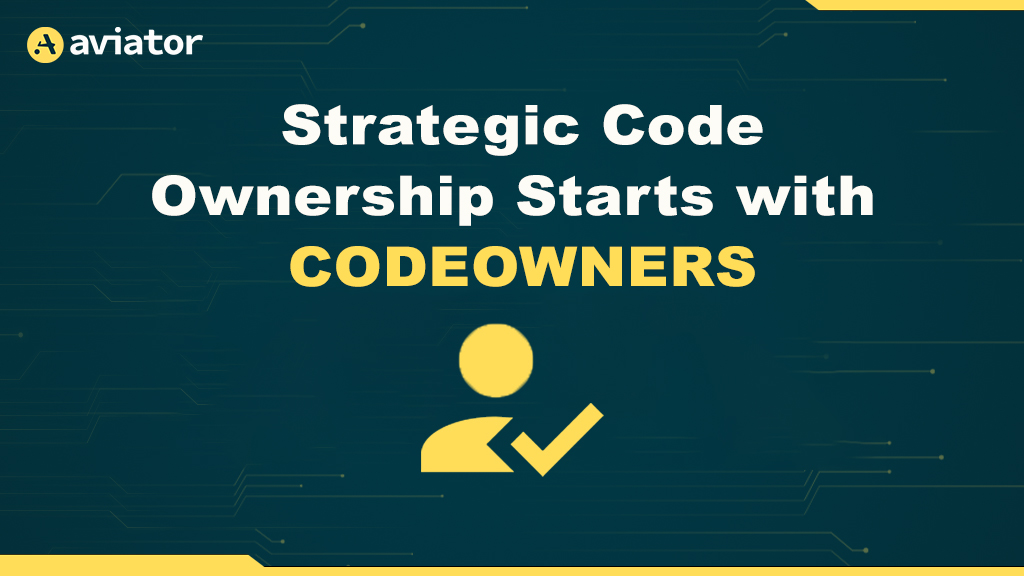
When you first come across the CODEOWNERS GitHub file in your repo, it might look like just another configuration, something to set up and then mostly forget about. But in reality, CODEOWNERS is more than an administrative detail. It can be a tool that shapes how your engineering teams collaborate, take responsibility, and move faster.
Ownership drives accountability. It affects not just who reviews a pull request but how teams coordinate, share knowledge, and respond to issues. CODEOWNERS helps turn ownership into practical steps by automating the right notifications and approvals. The real value comes from using it thoughtfully and strategically, not just ticking off a checklist.
Let’s explore why ownership matters so deeply, what role CODEOWNERS plays, and how to wield it to empower your teams, backed by real-world examples and practical advice.
Why Ownership Is the Foundation of Team Effectiveness
When engineers clearly own parts of the code base, a few things naturally improve. Reviews get faster, simply because everyone knows who should look at what piece of code. There’s no guesswork or endless back-and-forth over who needs to approve a code change ownership. This clarity doesn’t just save time; it boosts morale, as software engineers and individual developers feel recognized and trusted for the areas they maintain.
Ownership also leads to high-quality code. When you live with your source code every day, you become invested in its health. Owners fix bug reports earlier, enforce consistent styles, and make design decisions that pay off in the long run. Without clear ownership, software projects risk becoming a tangled mess where no one feels responsible for cleanup or improvement.
Another significant benefit is reducing ambiguity in code boundaries. When ownership is fuzzy or shared haphazardly, review requests scatter randomly, or worse, get ignored because everyone assumes someone else will handle it. This ambiguity slows down progress and frustrates engineers on both ends.
Finally, ownership enables faster incident response. When production issues arise, owners step in immediately, knowing their code files deeply, including edge cases and dependencies. This accelerates diagnosis and fixes, minimizing downtime.
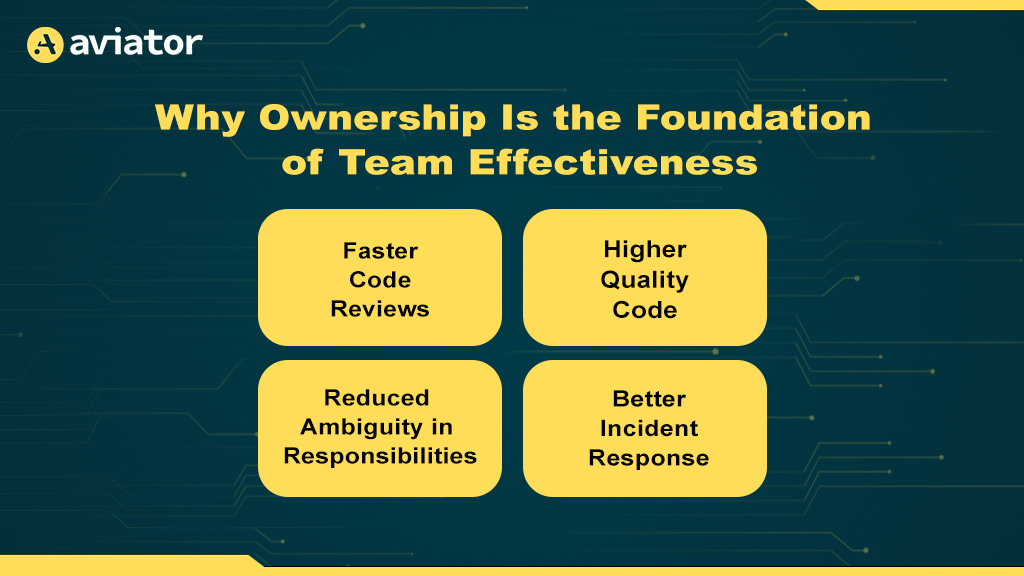
For instance, a fast-growing SaaS company can see a drop in pull request review times simply by mapping ownership clearly with CODEOWNERS.
What is CODEOWNERS?
At its core, the GitHub CODEOWNERS file is a simple text document stored in your GitHub repository, usually at the root or inside .github/. Its purpose is straightforward: it maps files or folders to their owners, whether Repository owners, teams, or individual developers.
But the magic is in how GitHub uses this map. When a pull request touches open-source code or source code owned by someone, GitHub automatically requests their review before merging is allowed, enforcing a secure code review process. The changes require review from code owners. This automation ensures that the right eyes see the right code change ownership, enforcing accountability without micromanagement.
Beyond just a mapping, GitHub CODEOWNERS encodes organizational structure, communication structure, trust boundaries, and technical domains. It acts as a scalable mechanism for spreading knowledge and managing code review workloads in growing teams.
Here’s a simple example:
/frontend/ @frontend-team
/backend/api/ @backend-team
/config/database.yml @alice @bobThis setup means that any change in the frontend folder requires review from the frontend team, while changes in sensitive config files get individual attention.
Using CODEOWNERS Strategically
The difference between a good and a great ownership strategy lies in how well CODEOWNERS reflects your actual team dynamics, social dynamics, and responsibilities, not just folder structures.
Align Ownership With Team Boundaries
Folders and files can be messy, especially in large or legacy software organizations. Simply assigning ownership by directory rarely works well. Instead, ownership should align with team responsibilities, product areas, or code boundaries. Using CODEOWNERS thoughtfully helps create strategic code ownership models, not just a static file.
This alignment helps prevent “invisible work,” where engineers get pinged unexpectedly for code outside their domain, or where some teams get overwhelmed with review requests for unrelated changes.
Instead of folder-based ownership:
/src/frontend/checkout/ @frontend-team
/src/backend/checkout/ @backend-teamUse product or feature-based ownership:
/src/checkout/frontend/ @checkout-team-frontend
/src/checkout/backend/ @checkout-team-backend
/src/billing/frontend/ @billing-team-frontend
/src/billing/backend/ @billing-team-backendThis setup aligns ownership with product domains, reducing noisy review requests.
Limit Ownership Scope to Empower Teams
It’s tempting to assign ownership of large code chunks to a few senior engineers or centralized platform teams. But this can create bottlenecks and burnout.
Instead, distribute ownership broadly. When teams and even junior engineers own smaller, focused areas, they gain autonomy and responsibility, speeding up development and reviews.
Instead of one owner for a large utilities folder such as:
/utils/ @platform-teamBreak it down by utility type or product team:
/utils/auth/ @product-auth-team
/utils/payment/ @product-payment-team
/utils/logging/ @platform-support-teamThis way, each team owns a focused area, reducing bottlenecks and speeding up reviews.
Keep Ownership Fresh and Up-to-Date
Ownership isn’t static. Teams grow, engineers join or move, and products evolve. Without regular maintenance, your CODEOWNERS file quickly becomes stale, causing confusion and slowing down code reviews.
Treat ownership reviews as a lightweight ongoing process. Schedule quarterly or monthly check-ins during retrospectives or team syncs to update and validate ownership.
You can use git to check the last commit author per owned file to detect stale owners:
git log -1 --format="%an %ad" -- path/to/owned/fileUse CODEOWNERS to Onboard and Educate
New engineers often face a steep learning curve trying to figure out who owns what. Sharing the CODEOWNERS file and explaining ownership practices during onboarding accelerates their ability to contribute confidently.
GitHub does this well. New hires learn the ownership map early, so they know whom to ping for code reviews or questions.
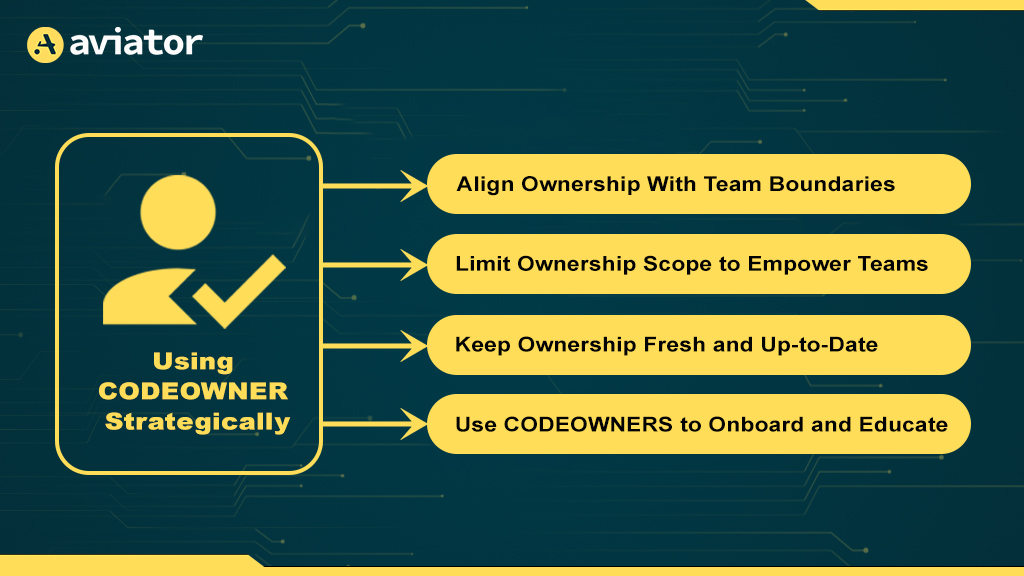
If you want to take it further, tools like FlexReview integrate ownership data to make this process seamless and visible. Learn more about FlexReview.
Understanding Different Styles of Code Ownership
Ownership isn’t one-size-fits-all. Teams generally operate within three broad code ownership models, each with unique pros and cons.
Strong code ownership model: Each piece of code or module is owned by exactly one developer or team. Others cannot change that code without permission, ensuring tight accountability but sometimes slowing cross-team coordination. It can also lead to duplicated code when engineers work around bottlenecks.
Weak Ownership: It lets other engineers make changes outside their primary ownership but expects owners to review and oversee these changes. This balances accountability with flexibility, reducing delays without losing oversight.
Collective code ownership: The whole team owns everything. Anyone can change any code. This speeds collaboration but requires strong communication and discipline to maintain high-quality code.
Most modern development teams lean towards weak code ownership or collective code ownership, valuing speed and collaboration while maintaining responsibility. Understanding the differences in code ownership helps tailor processes to fit your team’s needs and clarify code ownership and responsibility.
Common Ownership Challenges and How to Tackle Them
Some patterns undermine the benefits of ownership if not addressed:
- Catch-All Owners: When one team owns too much unrelated source code or code files, it becomes a bottleneck. Break down ownership logically.
- Stale Ownership: When former team members remain owners, pull requests can stall. Regular audits help catch and clean this up, keeping the percentage of code written by active owners accurate.
- Over-Reviewing: Excessive required approvals create unnecessary delays in the secure code review process. Define clear cross-team review guidelines.
- Siloed Ownership: Teams that don’t share knowledge prevent contributions and slow innovation. Encourage collaboration and shared understanding to improve the communication structure.
Measuring the Impact of Ownership
Ownership is a means, not an end. To know if your strategy works, track key signals:
- Monitor pull request review times before and after establishing ownership in your default branch.
- Look at how review workload spreads across repository owners, spotting overload or imbalance.
- Gather qualitative feedback from retrospectives and surveys to catch frustration or confusion in social dynamics.
- Identify code areas where unclear ownership leads to bug reports or delays.
For example, a mid-sized startup can use GitHub’s API to track these metrics and see a reduction in review delays after formalizing ownership. Explore ownership analytics with FlexReview.
Frequently Asked Questions
What is code ownership in agile?
Code ownership in agile means that teams or individuals take responsibility for specific parts of the codebase, ensuring quality, maintenance, and smooth collaboration without strict silos.
What do codeowners do?
Codeowners review and approve changes to the code they are responsible for, maintain code quality, and help manage knowledge and accountability within the team.
Why is code ownership important?
It speeds up code reviews, improves code quality, reduces confusion over responsibilities, and enables faster incident response by clarifying who’s responsible for what.
Who owns the code?
Ownership varies by team and project. It can be an individual, a team, or the entire engineering group, depending on the ownership model (strong, weak, or collective).
Interested in improving developer experience?
Join The Hangar DX, a curated community for developer experience (DX) enthusiasts!

